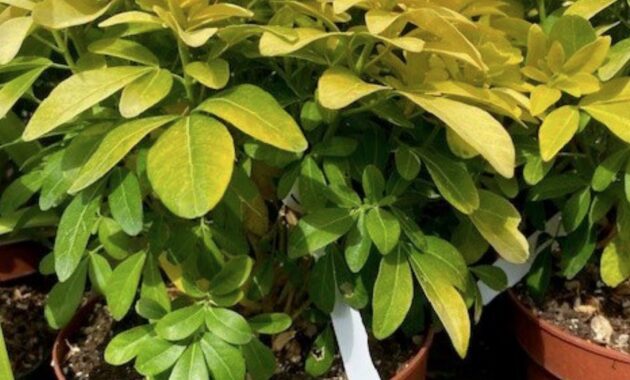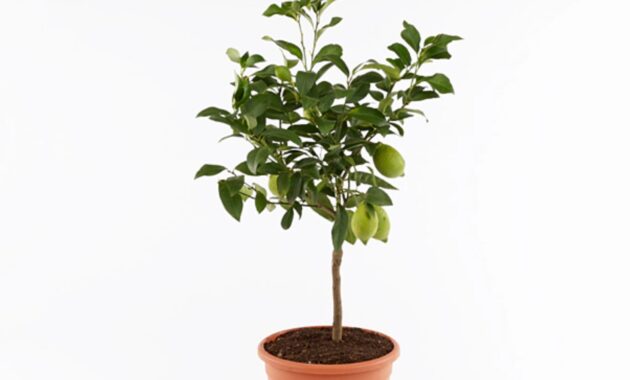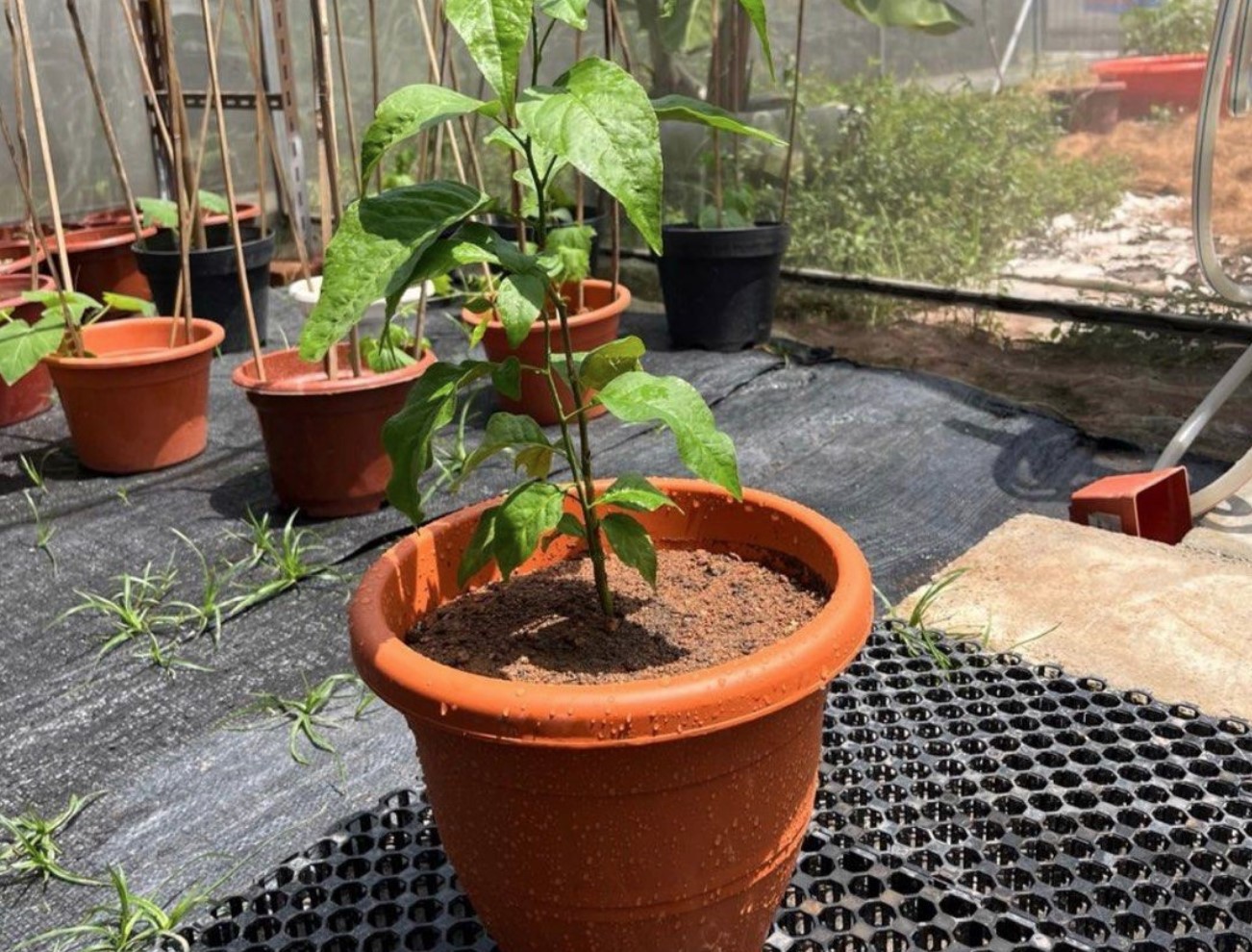
If you’ve ever bitten into a juicy citrus fruit or enjoyed the fragrant aroma of certain herbs, you’ve likely come across members of the Rutaceae family. Known as the Rue family, this diverse group of plants includes some of the most beloved fruits and herbs that tantalize our taste buds and uplift our spirits. My journey into the world of Rutaceae began in my grandmother’s garden, where I first encountered the fragrant leaves of Rue and the vibrant citrus trees that flourished in the sunny corners. Join me as I delve into the fascinating characteristics, benefits, and care tips for these remarkable plants.
What is Rutaceae?
The Rutaceae family comprises over 160 genera and around 1,700 species, making it one of the most diverse plant families in the world. It’s primarily known for its aromatic leaves and fragrant flowers, often characterized by their strong essential oils. The family includes familiar plants like citrus (oranges, lemons, limes), Rue (Ruta graveolens), and even some ornamental species.
Quick Facts About Rutaceae
| Feature | Description |
|---|---|
| Family Name | Rutaceae |
| Common Name | Rue family |
| Number of Species | Approximately 1,700 |
| Native Regions | Tropical and subtropical areas worldwide |
| Notable Plants | Citrus species, Rue, Zanthoxylum, and various ornamentals |
| Uses | Culinary, medicinal, ornamental, and aromatic |
Characteristics of Rutaceae Plants
As I explored different members of the Rutaceae family, I discovered several unique characteristics that make these plants stand out.
1. Aromatic Foliage
One of the first things I noticed about many Rutaceae plants is their fragrant leaves. The essential oils present in these leaves contribute to their distinct scents. For example, when I crush the leaves of Rue, I’m greeted with a strong, herbal aroma that’s both refreshing and slightly pungent. This quality makes them a popular choice for culinary and medicinal uses.
2. Vibrant Flowers
The flowers of Rutaceae plants are often showy and fragrant, attracting pollinators like bees and butterflies. I still remember the first time I saw the delicate, white flowers of a Citrus tree in bloom. Their sweet scent filled the air, creating a mesmerizing atmosphere in the garden. These blossoms not only enhance the beauty of the plants but also play a crucial role in their reproductive cycle.
3. Juicy Fruits
The fruits of the Rutaceae family are perhaps their most notable feature, especially the citrus fruits. The tangy flavors of lemons, limes, oranges, and grapefruits are universally loved and widely used in cooking, baking, and beverages. Whenever I make fresh lemonade using my homegrown lemons, I’m reminded of the delightful burst of flavor that comes from these vibrant fruits.

Benefits of Rutaceae Plants
In addition to their aesthetic appeal, Rutaceae plants offer numerous benefits that can enrich our lives.
1. Culinary Uses
Many Rutaceae plants, especially citrus species, are staples in kitchens around the world. Their fruits can be used fresh, juiced, or preserved in jams and jellies. I often experiment with zesting lemon and lime into my dishes, adding a zesty kick to everything from salads to desserts. Plus, their unique flavors can elevate a simple dish to gourmet status.
2. Medicinal Properties
Several members of the Rutaceae family have been traditionally used in herbal medicine. For instance, Rue has a long history of use for various ailments, including digestive issues and inflammation. While I’ve always been cautious and did thorough research before trying herbal remedies, I found comfort in knowing that some of these plants carry historical significance in natural healing practices.
3. Ornamental Appeal
With their striking flowers and lush foliage, Rutaceae plants can enhance any garden. I love incorporating citrus trees and fragrant shrubs into my landscape, creating a vibrant and inviting outdoor space. Their ability to attract pollinators also adds a lively dynamic to my garden, making it a sanctuary for beneficial insects.
Growing and Caring for Rutaceae Plants
If you’re inspired to add some Rutaceae plants to your garden, here are some practical tips I’ve learned from my own experiences.
1. Choosing the Right Location
Most Rutaceae plants thrive in full sun. When selecting a location in your garden, ensure it receives at least 6-8 hours of sunlight daily. I made the mistake of planting my first citrus tree in a partially shaded area, and it struggled to produce fruit. Since moving it to a sunnier spot, I’ve enjoyed bountiful harvests.
2. Soil Requirements
These plants prefer well-drained, loamy soil rich in organic matter. I’ve always mixed compost into my soil before planting to improve its fertility and drainage. This simple step has significantly boosted the growth and overall health of my Rutaceae plants.
3. Watering Needs
While Rutaceae plants can tolerate some drought, they still require regular watering, especially during the growing season. I usually water mine deeply once a week, allowing the soil to dry out slightly between waterings. However, I learned the hard way not to overwater, as this can lead to root rot.
4. Fertilizing for Growth
To promote healthy growth and fruit production, I recommend fertilizing your Rutaceae plants with a balanced fertilizer during the growing season. I usually apply a slow-release fertilizer in early spring, followed by monthly applications of liquid fertilizer. This routine has made a noticeable difference in the vigor of my plants.
Unique Uses for Rutaceae Plants
Beyond their culinary and ornamental benefits, Rutaceae plants can be used in various unique ways that I’ve found to be both practical and enjoyable.
1. Natural Insect Repellent
Some members of the Rutaceae family, particularly those with strong scents, can act as natural insect repellents. I’ve found that rubbing crushed leaves from Rue on my skin helps deter pesky mosquitoes during outdoor gatherings. It’s a handy, all-natural alternative to commercial repellents!
2. Essential Oils
Many Rutaceae plants are used to produce essential oils that have a range of applications, from aromatherapy to cleaning products. I’ve started making my own essential oil blends using citrus peels, which not only smells amazing but also offers a natural way to freshen up my home.
3. Crafting with Citrus Peels
I’ve discovered that dried citrus peels can be used in various crafts and DIY projects. They make for excellent potpourri ingredients or can be used to create homemade candles. The process of crafting with citrus peels has become a fun and aromatic hobby for me.
Why Rutaceae Plants Are a Must-Have in Your Garden
Reflecting on my journey with Rutaceae plants, I can confidently say they have transformed my gardening experience. Their vibrant colors, delightful scents, and delicious fruits have not only enhanced my garden’s aesthetic but also provided practical benefits that enrich my daily life.
Whether you’re drawn to their culinary potential, medicinal properties, or ornamental charm, adding Rutaceae plants to your garden is a decision you won’t regret. They offer a wonderful blend of beauty and utility, making them a perfect choice for any gardening enthusiast.
So, why not take the plunge? Embrace the zestful world of the Rue family, and enjoy the many rewards that come with growing these fantastic plants! With a little love and care, you’ll be well on your way to creating a thriving garden filled with fragrant foliage and bountiful harvests. Happy gardening!



